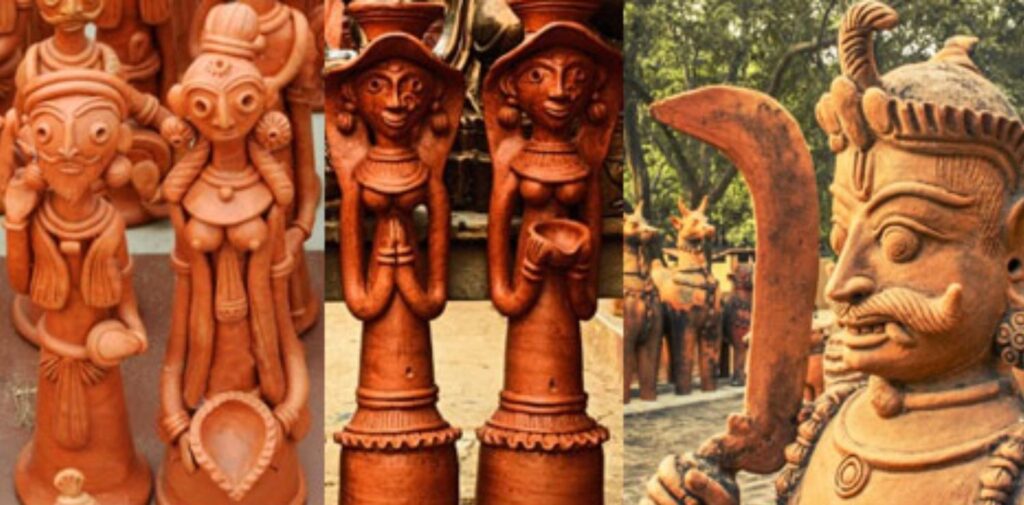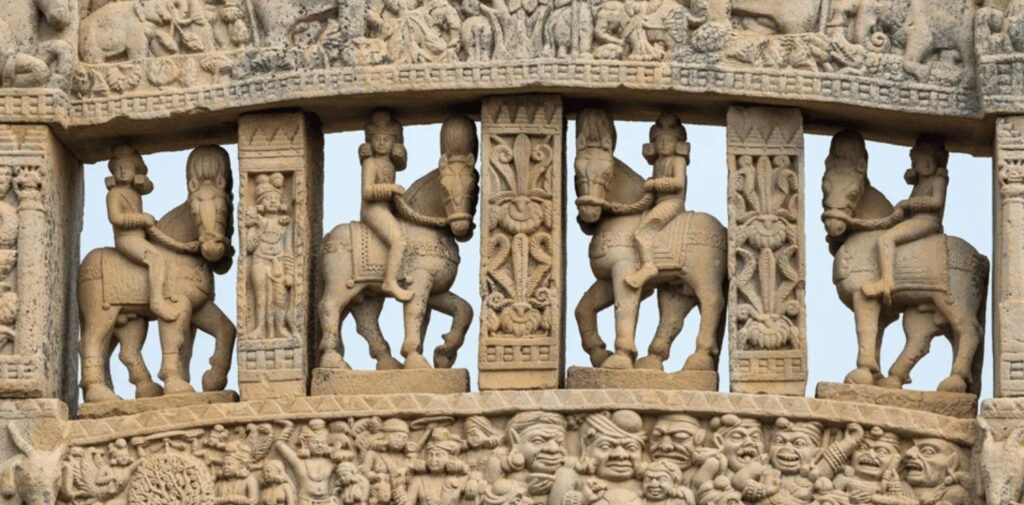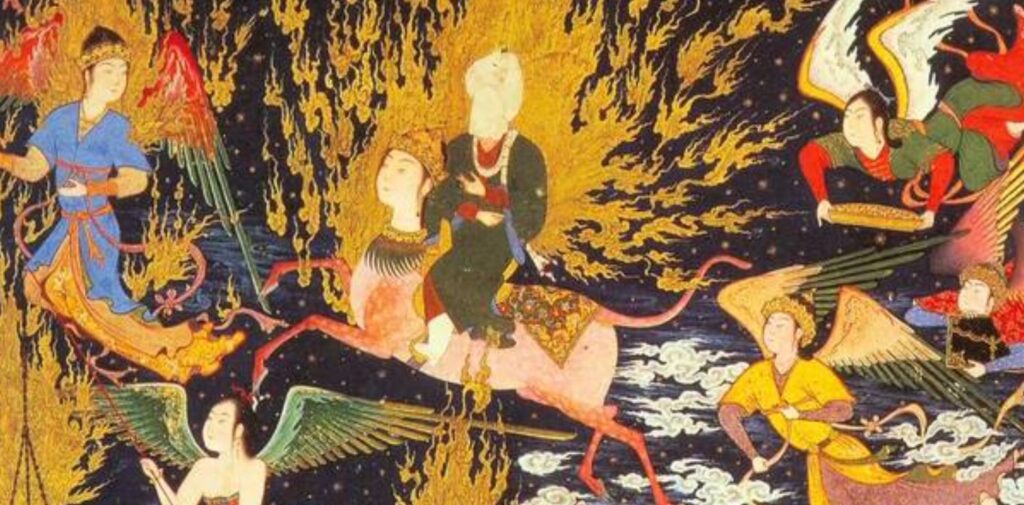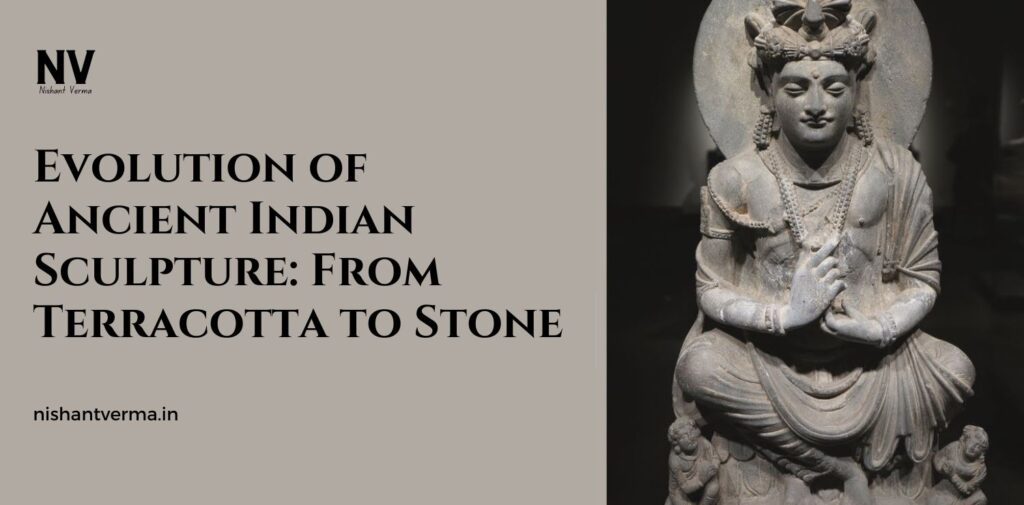India has a rich and vibrant tradition of art that spans thousands of years, with one of the most significant forms of expression being sculpture. The evolution of ancient Indian sculpture is a fascinating journey that reflects the changes in culture, religion, and society throughout history. From the simple terracotta figures of early civilizations to the grandeur of stone carvings that adorned temples, Indian sculpture has developed into one of the most sophisticated and intricate art forms in the world. This article will take you through the evolution of Indian sculpture, from its humble beginnings in terracotta to the magnificent stone carvings that have come to define India’s artistic heritage.
The Beginnings: Terracotta Sculptures
The story of Indian sculpture begins with the ancient civilizations of the Indus Valley, one of the world’s earliest urban cultures, flourishing around 2500 BCE. The Indus Valley people left behind numerous small terracotta figurines that provide us with insights into their artistic practices. These early sculptures were primarily made of clay, a material that was easily accessible and simple to work with. The terracotta figures from this period were often small and depicted animals, humans, and deities. These figures were not just ornamental; they had religious significance, used in rituals and ceremonies.
One of the most famous pieces of this period is the dancing girl sculpture discovered in Mohenjo-Daro. The figure is made from bronze, showing the skilled craftsmanship of the people of the Indus Valley. However, it was terracotta that remained the dominant material for sculpture in the early phases of Indian art.
As time progressed, terracotta continued to be a popular medium for creating sculptures, especially in rural areas. In later periods, the use of terracotta extended to the making of statues of gods, goddesses, and human figures for domestic use and religious rituals.

The Mauryan Period: Introduction of Stone Sculptures
The transition from terracotta to stone sculpture marks an important milestone in the evolution of Indian sculpture. This shift happened during the Mauryan Empire (around 3rd century BCE), particularly under the reign of Emperor Ashoka. The Mauryan period saw the use of stone in the creation of larger, more durable sculptures, moving away from the use of materials like wood and terracotta. One of the most remarkable examples of Mauryan sculpture is the Ashoka Pillars, which are monolithic stone structures inscribed with edicts and inscriptions. These pillars also had sculpted lions at the top, showcasing the early mastery of stone carving in India.
Though stone sculptures during the Mauryan period were simple in form, they laid the foundation for more elaborate sculptures in later centuries. The use of stone in this period was not only a technical innovation but also a sign of the growing importance of sculpture in religious and political life. The Buddhist Stupas, such as the Sanchi Stupa, also had stone carvings that depicted scenes from the life of the Buddha, marking the beginning of religious storytelling through sculpture.
The Gupta Period: The Golden Age of Indian Sculpture
The Gupta period, which lasted from around the 4th to the 6th century CE, is often considered the “Golden Age” of Indian art and culture. It was during this time that stone sculpture reached its peak in terms of artistry, technique, and intricacy. The Gupta sculptors achieved a remarkable level of realism and expression in their work, especially in the depiction of gods, goddesses, and religious figures.
The sculptures of this period often displayed graceful proportions, serene faces, and perfect postures. The Buddha statues from this period, particularly those found in the Ajanta Caves, exemplify the beauty and serenity of Gupta art. The emphasis on idealized beauty, with smooth lines and peaceful expressions, became a defining feature of Indian sculpture during this time.
Moreover, the Gupta period also saw the rise of Hindu temple sculpture. The walls of temples were adorned with intricate stone carvings of gods, mythological scenes, and divine figures. The sculptures were not only artistic masterpieces but also served a religious function, helping worshippers connect with the divine.

The Medieval Period: Regional Styles and Influences
As India moved into the medieval period, from the 7th century CE onwards, regional styles of sculpture began to emerge. This was a time of political fragmentation, with different dynasties ruling over various regions of the country. Each dynasty had its own artistic preferences, leading to a variety of regional styles and influences in sculpture.
In the south, under the Chola dynasty, a distinct style of bronze sculpture emerged. The Chola bronzes are famous for their intricate details, smooth finish, and graceful postures. The most iconic of these sculptures is the Nataraja (Lord Shiva as the cosmic dancer), which showcases the dancer’s fluid movement and divine grace. These bronze sculptures were not only highly artistic but were also used in religious ceremonies, carried in processions, and worshipped in temples.
In the north, the Kushana and Gupta influences continued, and temples were richly decorated with stone carvings depicting various deities, including Vishnu, Shiva, and Lakshmi. The Khajuraho temples in Madhya Pradesh, built during the Chandela dynasty, are particularly famous for their exquisite and intricate stone carvings of gods, goddesses, and everyday life. These temples are considered one of the finest examples of Indian sculpture, with their detailed and often sensual depictions of human and divine forms.

The Mughal Influence and Persian Art
The arrival of the Mughal Empire in the 16th century brought new artistic influences to India, particularly Persian and Central Asian styles. While the Mughals are more known for their contributions to architecture, such as the Taj Mahal, they also influenced sculpture. Mughal sculptures combined traditional Indian forms with Persian motifs, creating a unique fusion of styles. However, the focus during this period was more on architecture and miniatures rather than large-scale sculptures.
In addition to the Mughal influence, the arrival of Islamic rule led to changes in the way sculptures were created and used. Islamic art discouraged the representation of human and animal figures in religious contexts, and this led to a shift toward more abstract and geometric designs in sculpture.
The Colonial Period: Decline and Revival
With the arrival of the British in India in the 18th century, traditional Indian art, including sculpture, saw a period of decline. The British colonial rule imposed Western-style art and architecture, and Indian sculpture became less vibrant and less focused on religious themes. The use of stone in sculpture decreased, and the focus shifted to more European-influenced styles.
However, the 19th and early 20th centuries saw a revival of interest in Indian sculpture. Artists such as Raja Ravi Varma and Abanindranath Tagore sought to revive traditional Indian art forms while integrating them with modern techniques. This period also saw the rise of the Bengal School of Art, which focused on bringing back the classical styles of Indian sculpture and painting.
Conclusion: The Legacy of Ancient Indian Sculpture
The evolution of Indian sculpture, from the early terracotta figures to the grandeur of stone carvings, is a reflection of India’s rich cultural and religious heritage. Over the centuries, Indian sculpture has gone through various transformations, influenced by different dynasties, regions, and foreign cultures. From the simple terracotta figurines of the Indus Valley to the exquisite stone carvings of the Gupta period and the regional styles of the medieval era, Indian sculpture has always been a powerful means of artistic expression, religious devotion, and cultural identity.
Today, the legacy of ancient Indian sculpture continues to inspire and influence artists and art lovers around the world. The timeless beauty of these sculptures not only tells the story of India’s history but also reminds us of the importance of preserving cultural heritage. The journey from terracotta to stone has left behind an artistic legacy that remains an integral part of India’s identity, admired for its beauty, craftsmanship, and spiritual significance.




